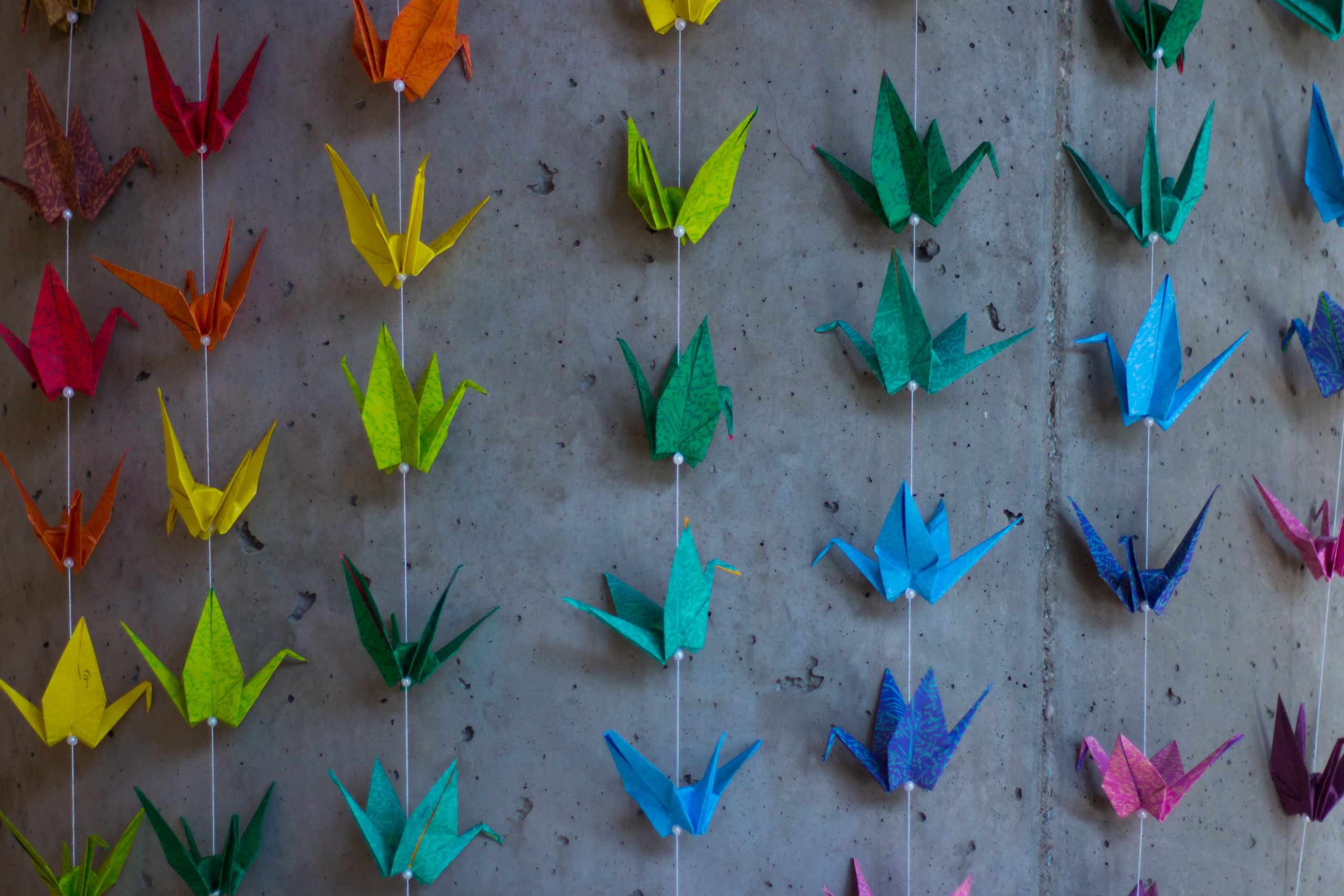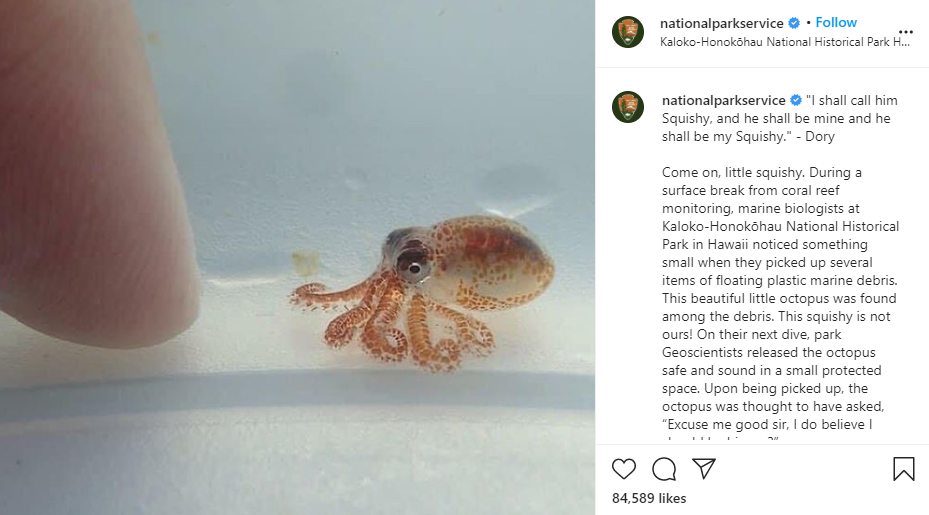“Hot off the press!”
“Don’t bury the lede.”
“What’s the scoop?”
“See you in the funny papers…”
No, you haven’t hit your head and woken up in the early twentieth century. The newspaper industry may be a bygone era thanks to the internet, but there are a ton of phrases, terms, and concepts we still use today, even if the meaning has changed a bit.
Ad, banner, copy, deadline. Layout, op-ed, review, typo. Any of these sound familiar?
The big one we’re talking about today is content folds. Remember those? It’s when the biggest news headlines would be above the literal fold of a newspaper in order to attract customers.
Even though a lot of content lives online now, you still need to be aware of what goes above the fold. Why? Because great above the fold content leads to better engagement and business.
Types of content folds
Today, we have a few different types of folds in digital content.
Above the fold on your website’s home page. This is what people see on any given device without needing to scroll down or navigate to a different page.
Above the fold (before the cutoff) on a social post. This is the limited amount of characters you get on social media before the platform makes the user click or tap to keep reading.
Above the fold on a sales page or product page. This is what potential customers see when they’re interested in buying something from you, but aren’t sold just yet.
These three areas are what we call “The Holy Land.”
You do not mess around with above the fold content. It’s precious real estate, so you need to pay attention to every word that you place there.
What to put in above the fold content
How do you make the most of your above the fold content?
For your website
On your website’s home page, you need to have three things:
- An H1, or primary headline
- An H2, or secondary headline
- A call-to-action, or CTA
We won’t get too far into SEO, but if you’ve done keyword research for your biz, you should use your primary keyword in your H1 and H2.
As for your CTA, choose words or phrases that tell the user exactly where they’ll go or what they’ll do when they click that CTA.
You’ve probably seen these common CTAs:
- Learn More
- About Me
- Why Choose Us?
- Join Today
- Sign Up
- Buy Now
- Contact Us
- Browse the Collection
Remember to KISS: keep it simple, sunshine (the original saying is keep it simple, stupid, but that’s not very nice). Don’t leave your audience guessing or unsure of where the link will take them. You’re trying to make the customer journey as easy and intuitive as possible.
For your social
Use above the fold content on social media to grab and hold your audience’s attention. Give them a reason to stop scrolling and keep reading. You can do this with an on-brand “cliffhanger.”
For a brand like Squatty Potty, for example, their above the fold content could just be an entire line of poop emojis. For a brand like a financial planning firm, it could be an attention-grabbing fact about money, like, “61% of people nearing retirement age aren’t ready for retirement.”
If you’re the National Park Service (one of our favorite examples of brand voice out there) you might use pop culture references to capture your audience’s attention. Take their post of a teeny-tiny octopus from one of their parks in Hawaii. Their above the fold content: a very appropriate and memorable quote from Finding Nemo.
Being on-brand is the key. Understand what kind of content would make a user stop in their tracks and expand your post or hit that “Read More” link.
Oh, and it’s also helpful to know how much space you have to work with before you get cut off. Here’s a quick guide to your character limit for above the fold content:
- Facebook: 477 characters
- Instagram: 125 characters
- LinkedIn: 140 characters
- YouTube: 157 characters
- Twitter: 280 characters (There’s no above the fold on Twitter, but we’re throwing it in here for good measure.)
For your sales page and product page
While above the fold content on social media needs to capture someone’s attention, the same content on your sales page needs to be direct.
It needs to…
a) bring up a pain point,
b) clearly position your offer or product as the solution, and
c) use a CTA to tell people what to do next.
Your sales page is not the place to wax poetic. You have to get down to the nitty-gritty and fast. Tell your audience what the problem is, how you’re the solution, and where they can go from there to buy.
Avoid telling long and intricate stories on your sales pages. If you do, you run the risk of losing your customers…and a sale.

As for product pages, keep it simple. Use keywords in your H1 and H2 to describe what your product is and who your product is for. Add a large, bright, clear purchase button — don’t make your customers hunt it down — and you’re all set.
Mind the fold
When you pay attention to the fold, and choose your words and layout with care, you’ll get higher conversions. Why? Because we all have an attention span that’s shorter than a goldfish’s. People make an assumption about your website, services, products, or offers in just a few seconds.
Pay attention to above the fold content and make those seconds count.

